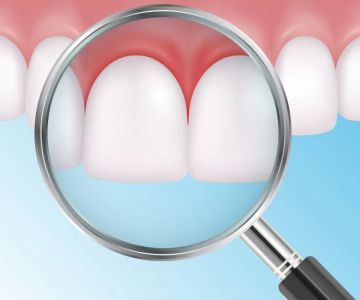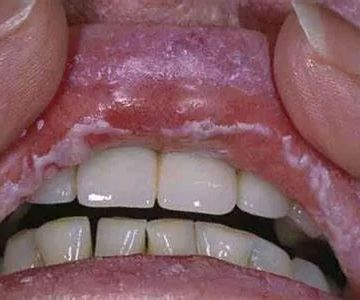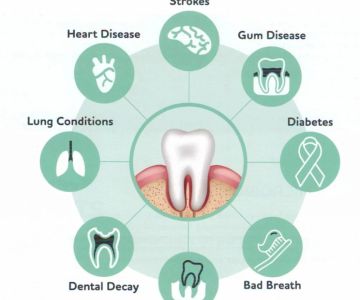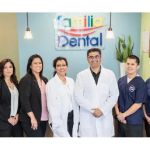1. Understanding Oral Sex and Disease Transmission
1.1 Defining Oral Sex and Common Types
Oral sex refers to using the mouth, lips, or tongue to stimulate a partner’s genitals. In the United States, this includes cunnilingus (mouth-to-vulva stimulation), fellatio (mouth-to-penis stimulation), and anilingus (mouth-to-anus stimulation). While many view oral sex as lower risk than vaginal or anal intercourse, its potential to transmit pathogens should not be underestimated.
1.2 How Pathogens Spread During Oral Activities
- Contact with Mucous Membranes: The mouth and throat contain delicate mucous membranes where viruses and bacteria can enter the bloodstream.
- Presence of Microabrasions: Brushing teeth, flossing, or even lipstick can cause tiny cuts that become entry points for infections.
- Exchange of Bodily Fluids: Semen, vaginal fluids, and saliva may carry infectious agents.
- Oral Microbiome Shifts: An imbalance in mouth bacteria can reduce natural defenses against invading pathogens.
2. Common Infections Linked to Oral Sex
2.1 Viral Infections: HPV and Herpes
2.1.1 Human Papillomavirus (HPV)
HPV is one of the most prevalent sexually transmitted viruses in the U.S. Certain strains, such as HPV-16, can infect the throat and increase the risk of oropharyngeal cancer over time. Although most oral HPV infections clear on their own, persistent infection may require medical monitoring.
2.1.2 Herpes Simplex Virus (HSV)
Both HSV-1 and HSV-2 can transmit through oral sex. HSV-1 often causes cold sores but can also infect the genital area, leading to recurring outbreaks and discomfort. Open sores or blisters in the mouth dramatically increase transmission risk.
2.2 Bacterial Infections: Gonorrhea, Chlamydia, Syphilis
Gonorrhea and chlamydia can infect the throat without obvious symptoms, sometimes called pharyngeal gonorrhea or chlamydia. Left untreated, they may spread to other body parts. Syphilis, though less common, can present as painless sores in or around the mouth, advancing to more severe stages if ignored.
2.3 Other Concerns: HIV and Hepatitis
While HIV transmission via oral sex is rare compared to other routes, it remains possible—especially when blood is present due to gum disease or oral ulcers. Hepatitis B and C viruses also carry risk; hepatitis B is more easily transmitted in this manner, whereas hepatitis C requires a higher viral load to pose significant threat.
3. A Patient’s Story: Unexpected Diagnosis
3.1 Alex’s Experience in Chicago
Alex, a 28-year-old teacher, noticed painless sores under his tongue after a week of mild sore throat and fatigue. He assumed it was a cold. A routine physical revealed he had oral syphilis. Shocked by the diagnosis, Alex learned that early detection and antibiotics could cure the infection. His partner, tested simultaneously, received treatment as a precaution.
3.2 Lessons from Real Life
- Don’t Ignore Mild Symptoms: Sores, discomfort, or throat pain after oral sex warrant medical evaluation.
- Honest Communication: Discuss sexual history openly with healthcare providers and partners.
- Regular Screening: Annual STD panels—including throat swabs for gonorrhea and chlamydia—help catch silent infections.
4. Strategies to Reduce Risks
4.1 Barrier Methods and Protective Measures
- Condoms and Dental Dams: Use latex or polyurethane barriers to block direct contact with fluids and mucous membranes.
- Non-Latex Options: For latex allergies, look for nitrile or polyisoprene barriers.
- Proper Lubrication: Water-based lubricants reduce friction and minimize microtears in oral tissues.
4.2 Testing and Vaccination
Regular STD testing—every 3 to 6 months for sexually active individuals—can identify asymptomatic infections. Vaccines for HPV and hepatitis B provide significant protection. Speak with a healthcare professional about eligibility and schedule.
4.3 Maintaining Oral Health
Good oral hygiene lowers the risk of microabrasions and bacterial imbalance. Brushing twice daily, flossing, and routine dental checkups help maintain healthy gums and reduce potential entry points for infections.
5. When to Seek Professional Advice
5.1 Recognizing Red Flags
Seek medical attention if you experience persistent throat pain, unexplained sores, unusual discharge, or swollen lymph nodes after oral sex. Early intervention can prevent complications and transmission to others.
5.2 Expert Services at Dentistry Toothtruth
Dentistry Toothtruth offers comprehensive screenings for oral manifestations of STDs, including throat swabs and visual exams. Our team collaborates with medical specialists to ensure you receive accurate diagnosis and treatment plans tailored to your needs. For safe oral sex guidance and professional support, consult our experts to protect both your oral and overall health.







 Westgate Dental Arts3.0 (2 review)
Westgate Dental Arts3.0 (2 review) Coventry Family Dental4.0 (247 review)
Coventry Family Dental4.0 (247 review) Familia Dental3.0 (1028 review)
Familia Dental3.0 (1028 review) Dr. Daniel S. Fife, DDS4.0 (31 review)
Dr. Daniel S. Fife, DDS4.0 (31 review) Dentistry At Suburban Square: Michael I. Wollock, DMD4.0 (1228 review)
Dentistry At Suburban Square: Michael I. Wollock, DMD4.0 (1228 review) Comfort Care Dental4.0 (1156 review)
Comfort Care Dental4.0 (1156 review) The Importance of Oral Health Education During Pregnancy for a Healthy Pregnancy
The Importance of Oral Health Education During Pregnancy for a Healthy Pregnancy Why Skipping Dental Checkups Can Lead to Bigger Oral Health Problems
Why Skipping Dental Checkups Can Lead to Bigger Oral Health Problems Best Tips for Brushing Your Teeth Properly for Healthy Gums: Essential Techniques for Oral Health
Best Tips for Brushing Your Teeth Properly for Healthy Gums: Essential Techniques for Oral Health Advantages of Porcelain Dental Restorations
Advantages of Porcelain Dental Restorations How Can Diabetes Cause Tooth and Gum Problems? Preventing and Managing Oral Health Issues
How Can Diabetes Cause Tooth and Gum Problems? Preventing and Managing Oral Health Issues Healthy Habits for Promoting Good Oral Health and Hygiene: Tips for a Healthy Smile
Healthy Habits for Promoting Good Oral Health and Hygiene: Tips for a Healthy Smile